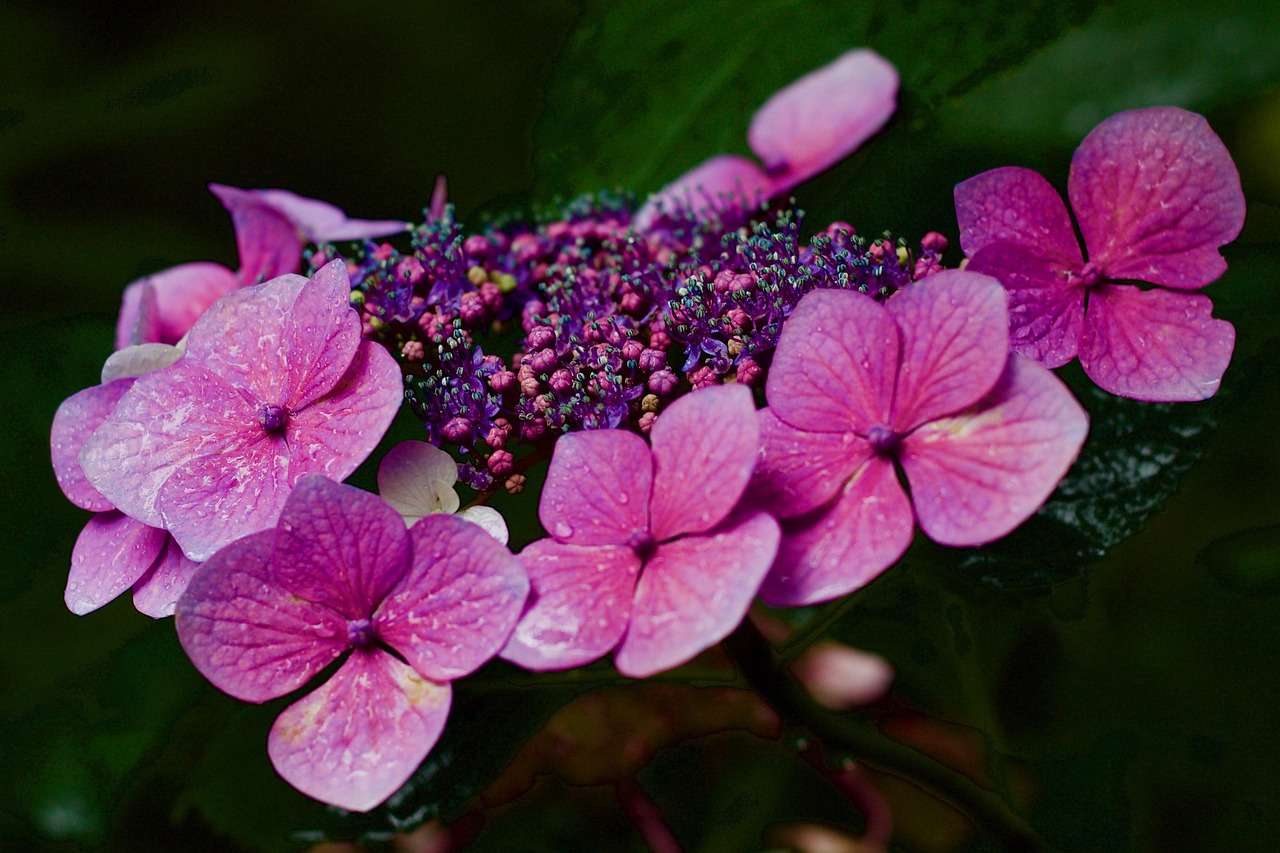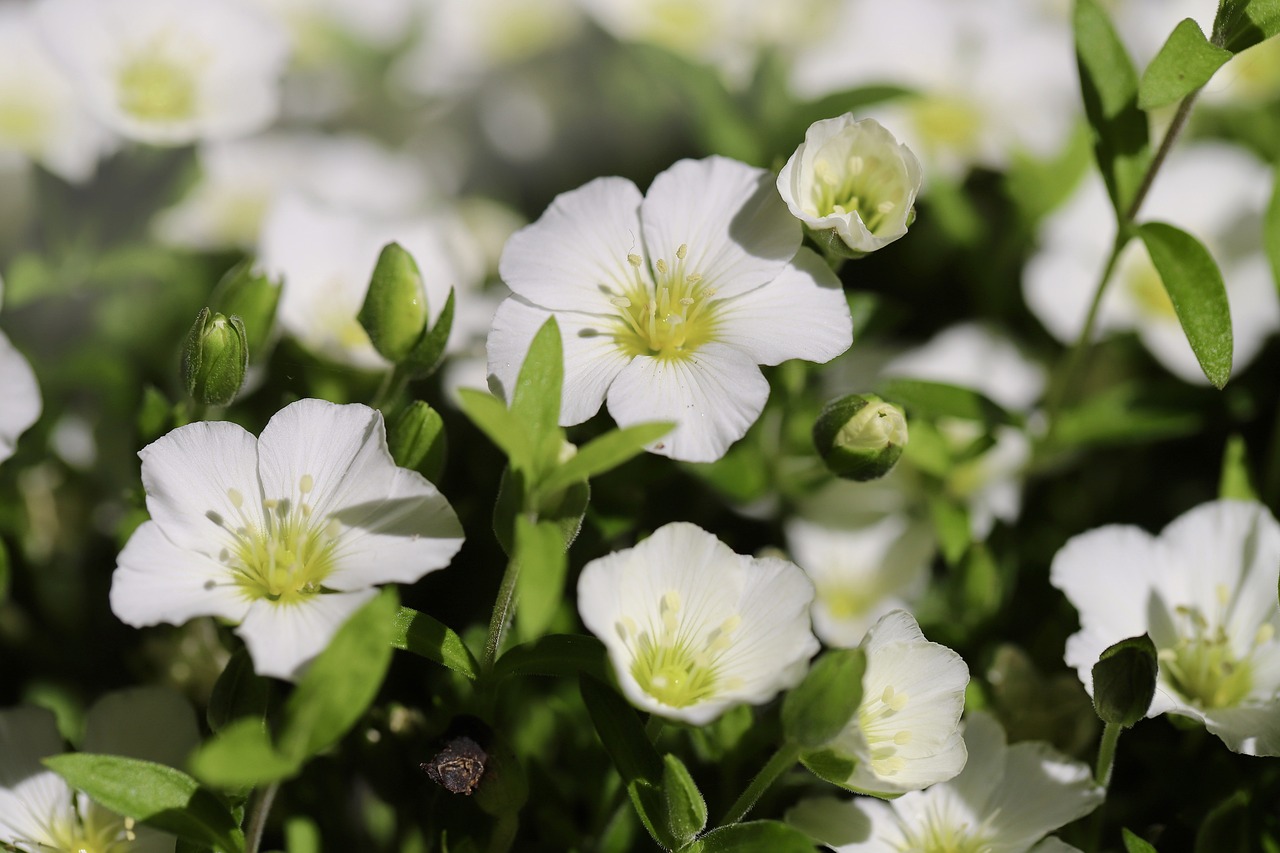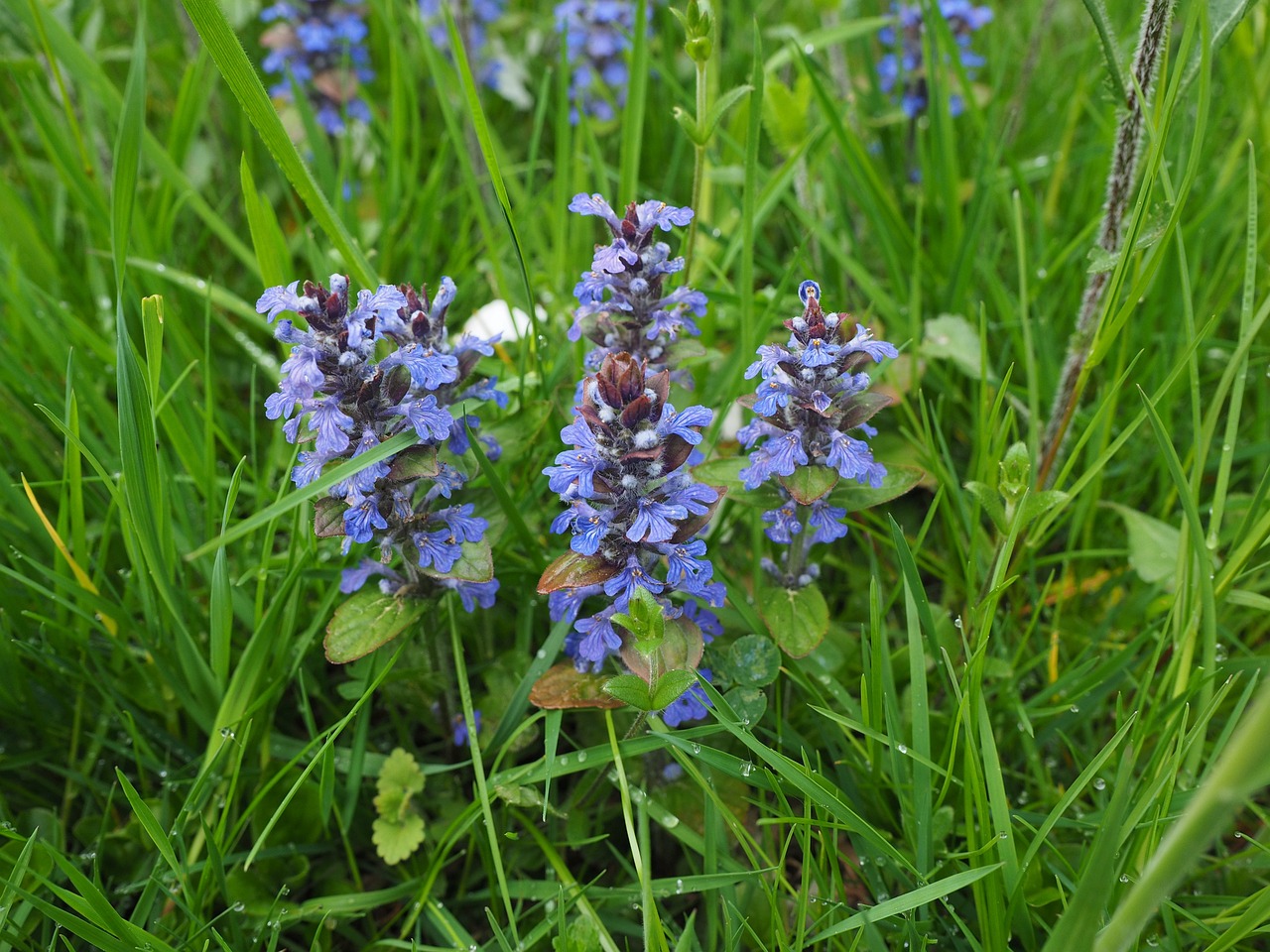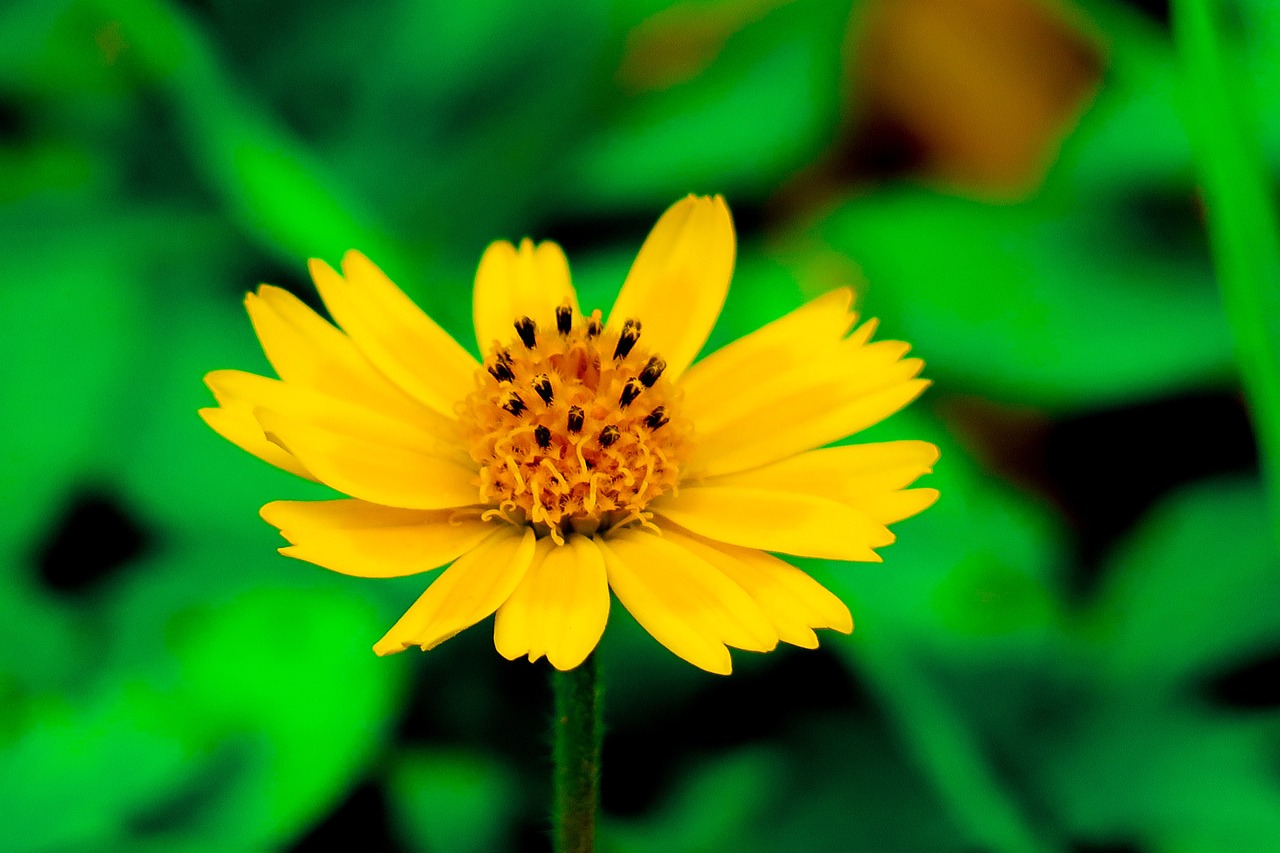Strawberries | The Red Fruit that Graced Medieval Feasts and Tables
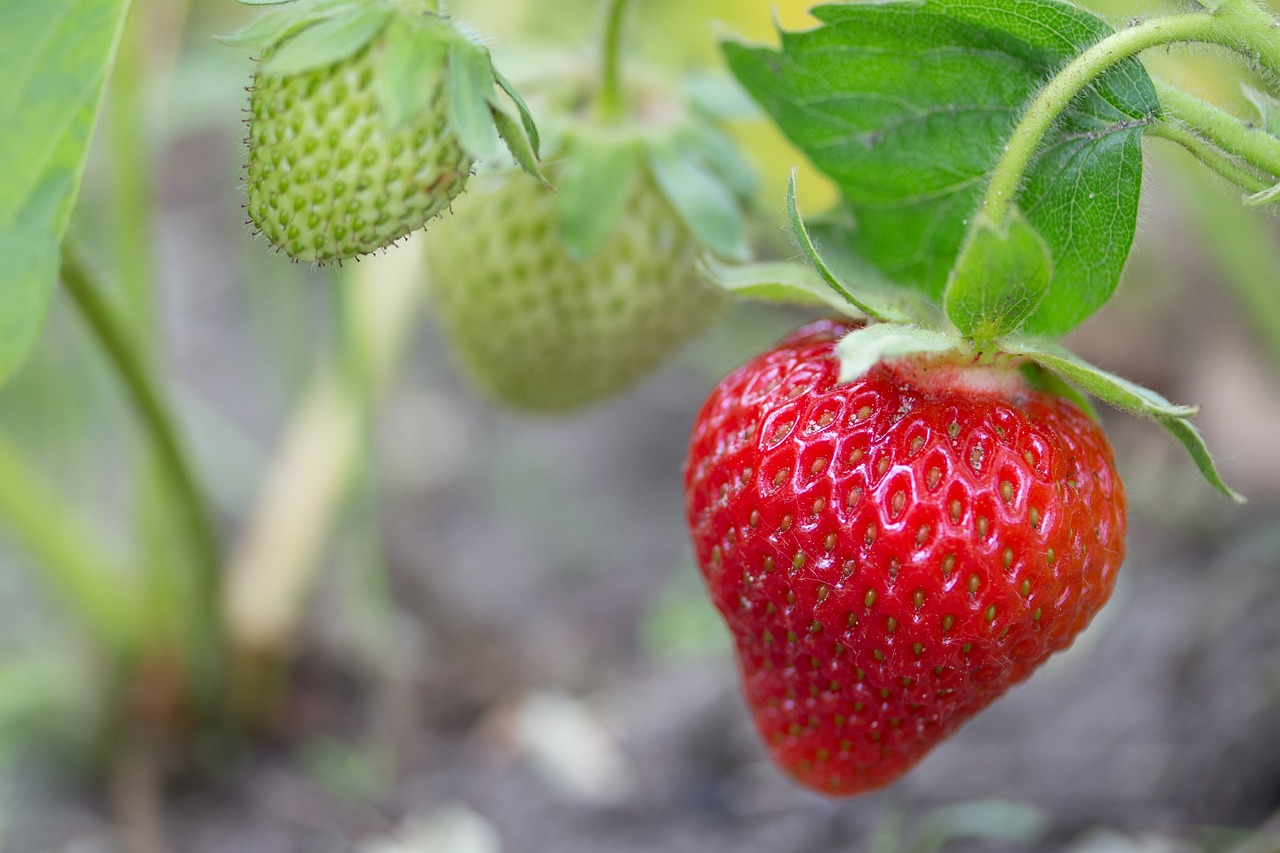
Strawberries, with their striking contrast of white flowers and red fruits, are a beloved plant not only for home gardening but also as an ornamental feature. Their charming appearance and sweet fragrance have long captivated people around the world.
In this article, I will provide detailed information about strawberries, including their basic characteristics, cultural and historical background, and essential tips for cultivation.
Basic Information
- Scientific name: Fragaria × ananassa
- Family: Rosaceae
- Origin: Europe and South America
- Appearance: Strawberry plants are perennial herbs, approximately 20–30 cm in height. They have trifoliate leaves of a deep green color. From spring to early summer, small white flowers bloom, followed by bright red, ripe fruits. The fruit is unique in that its seeds are embedded on the outside surface, making its vivid red appearance particularly distinctive.
- Flowering and fruiting season: Strawberries bloom between April and June, with harvests typically occurring from May to July. Early and late varieties differ slightly in timing.
Cultural Significance Around the World
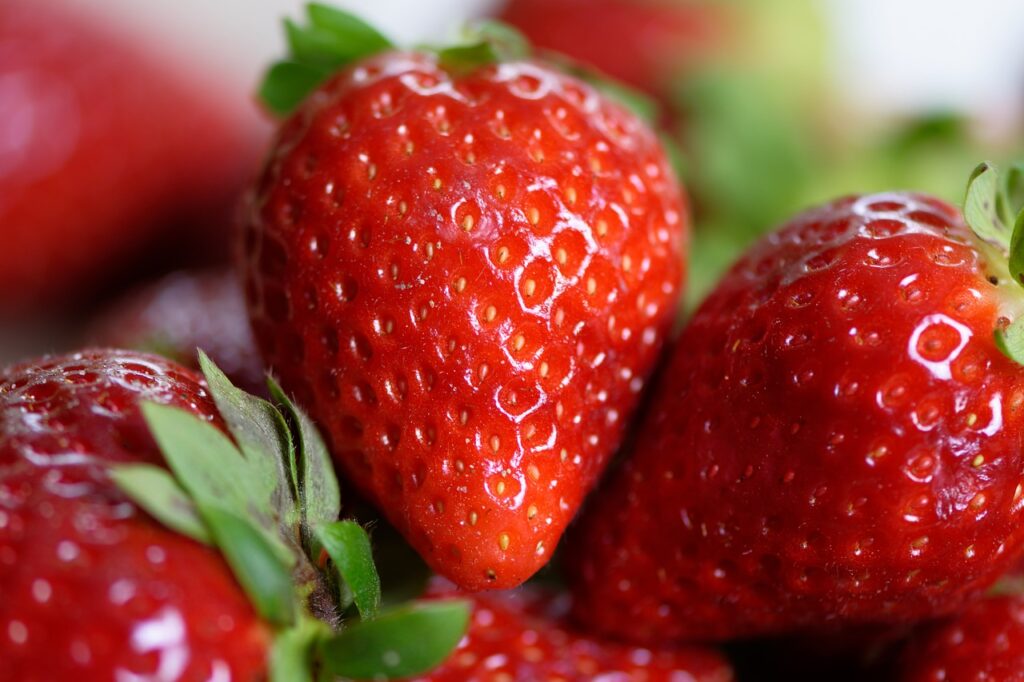
Strawberries, cherished for both their flowers and fruits, have influenced cultures worldwide.
In the United States, strawberry festivals are widely held, celebrating the harvest from spring through summer.
In Europe, since the Middle Ages, strawberries symbolized purity and love, often cultivated as decorative plants in gardens.
In France, strawberry flowers were praised as the “jewel of the fields” and were especially cherished within courtly culture.
In Japan, strawberries are a sign of spring’s arrival. Strawberry-picking at tourist farms has become a seasonal tradition.
Historical Episodes
The history of strawberry cultivation dates back to ancient Rome, but the varieties widely grown today originated in the 18th century.
Large wild strawberries from Chile were introduced to Europe and crossed with smaller wild varieties from North America in France, giving birth to a new hybrid.
This hybrid, known as the “garden strawberry,” became the foundation of modern cultivated varieties.
By the 19th century, greenhouse cultivation allowed strawberries to establish themselves as a luxury fruit, particularly in England.
In Japan, strawberries were introduced in the late Edo period, and full-scale cultivation began during the Meiji era.
Gardening Advice

Strawberries are relatively easy to grow, but with proper care, they reward the gardener with sweet, beautiful fruits. Key points include:
Sunlight
They thrive in sunny spots. Insufficient light results in smaller fruits, so ensure they receive plenty of sunlight.
Watering
Keep the soil moist but avoid overwatering, which can cause root rot. Water moderately so that excess drains from the bottom of the pot.
Soil
Strawberries prefer well-drained soil, slightly acidic to neutral. Mixing compost or leaf mold into garden soil enhances growth.
Fertilization
During spring growth, provide balanced fertilizer with nitrogen, phosphorus, and potassium. Once fruits begin to enlarge, switch to fertilizer rich in phosphorus for best results.
Runner management
Strawberries propagate through runners. To improve fruit yield, prune some runners to concentrate the plant’s energy on fruit production.
Conclusion
Strawberries are an attractive plant that can be enjoyed even in home gardens. The joy of harvesting them deepens the pleasure of gardening itself.
By exploring their history and cultural significance, I encourage you to try cultivating strawberries yourself.


